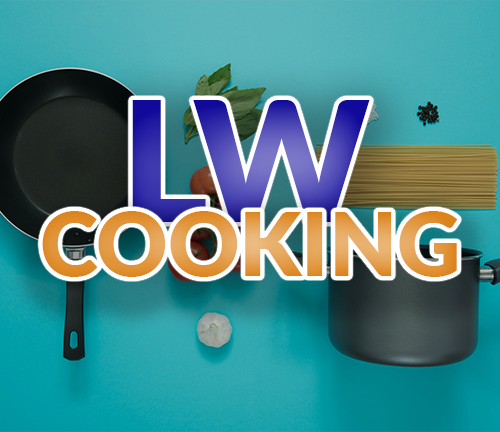Recently I’ve been buying a few cookbooks from the thrift shop. Saves money over getting the new ones, saves second-hand goods from being tossed, and does the job I need in finding recipe ideas.
One of the cookbooks I got is a cookbook on pasta sauces. I’ve been holding off on making pasta until I could portion the servings properly, and I recently just got a portioning tool to help me with that. However, when I wanted to try a recipe from the book, I found surprisingly that the recipes called for fresh tomatoes.
Now, the cookbook is by no means new, seeing how the publication date is 1987. From what I’ve heard, canned tomatoes are actually preferred over fresh, though I can’t recall the reasoning as to why. I was curious about whether culinary knowledge has evolved since the publication of this book where common practice has changed to prefer canned tomatoes over fresh, or if the differences I’ve heard about are unfounded or incorrect.
On top of that, I was curious about other aspects. Would making pasta sauce with fresh tomatoes (namely Roma tomatoes) be cheaper than using canned? Also, since I’m trying to be more environmentally conscious, would canned tomatoes have a higher carbon footprint than fresh, or would the differences be negligible?
Thanks in advance! I likely won’t be able to respond to comments right away, but I do appreciate any and all help.


I had made pasta with fresh tomatoes exactly once.
Yeah it was tastier than canned tomatoes. And it also took me half a day to make. In the end I just dumped the pasta into the pan with tomatoes. Canned tomatoes are like 3x faster, because they take no preparation time beyond opening the can.
The variety of tomatoes matters little, the heat treatment will average the taste, so it’s okay to use the cheapest tomatoes for this, as long as they didn’t start to rot.
Edit after reading others’ replies: maybe the tomatoes in my country are just better, even the cheapest variety is tasty enough eaten raw, and the only time I could find tomatoes that are picked green and are ripening on the shelf is during winter, when all fresh vegetables are hydroponics, and even then you have some choice.
The recipe:
Get fresh tomatoes. Wash tomatoes. Cut tomatoes in 2 or 4 pieces each, you’ll mash them anyway so thin slices do not matter. Fill the biggest bowl in your kitchen with sliced tomatoes. I was using like 2 kg of tomatoes, they wouldn’t fit into the pan until simmering down.
Fry diced onions and carrots in a pan, using a generous finger-thick layer of olive oil, until the onions are golden and carrots are sweet.
Dump tomatoes into the pan. Cover with a lid, cook on a slow fire for about 15-20 minutes. Mash and stir each 3 minutes so they won’t burn. Cooking less will preserve taste of fresh tomatoes, cookig longer will make it taste closer to canned pasta sauce. But cooking for less than 5 minutes will keep tomatoes stay in big chunks, so you won’t be able to make your sauce stick to the pasta.
Boil pasta while tomatoes are cooking.
Dump Italian spice mix onto the pan. Turn off the heat, let it simmer for 1 minute.
Dump pasta into the pan, stir, slurp your tomato-pasta soup from the pan like an animal, contemplate your life choices when you have trouble standing after eating 3 kg of food.